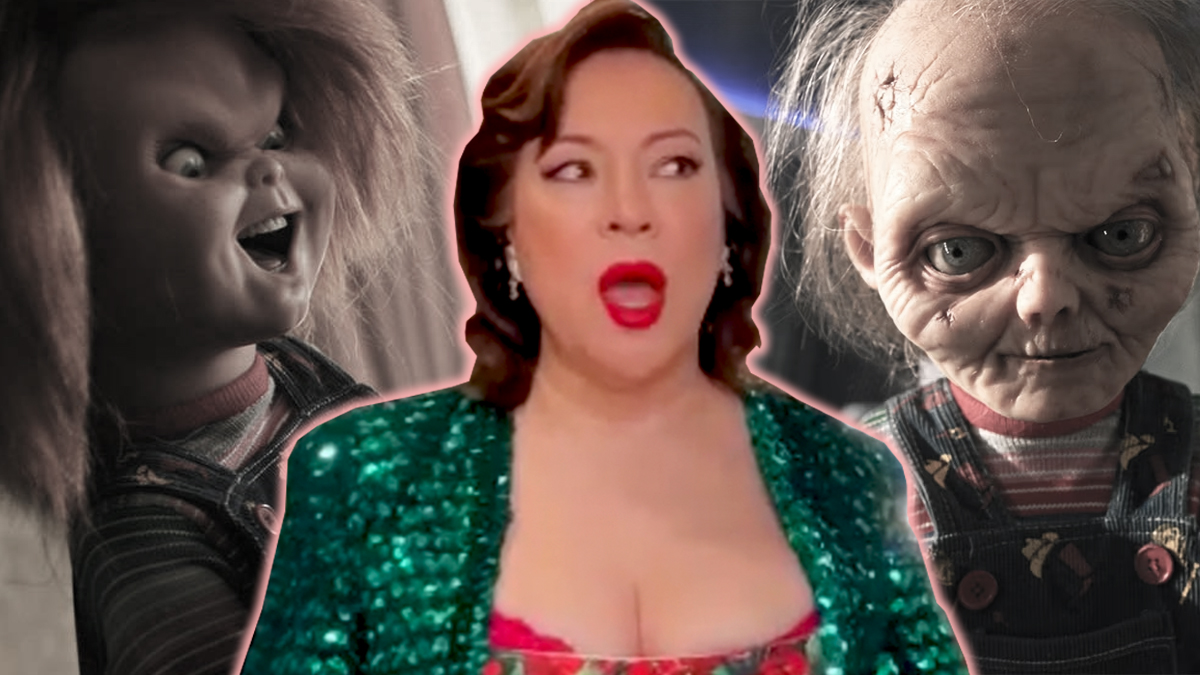Jennifer Tilly Talks Those ‘Chucky’ Season 3 Shocks and Surprises [Video Interview]

Chucky season 3 is bigger, nastier, and more shocking than the show has ever been before. And I’d expect nothing less from horror hero and series creator Don Mancini. After decades of playing in the killer doll sandbox, the original creator keeps the horror franchise fresh and mean, and I will be grateful for all the Chucky that I can get. But Mancini doesn’t work alone, and Chucky owes a lot to its extraordinary leading lady.
Today, I had the honor of sitting down with franchise superstar Jennifer Tilly. Together, we discussed all things Chucky Season 3, like what surprises are still planned for this season and what the series’ future might look like. Tilly also spills her guts about the importance of Chucky and Tiffany’s legacy in pop culture.
Check out my interview with Jennifer Tilly here:
About Chucky season 3:
In Chucky’s unending thirst for power, season 3 now sees him ensconced with the most powerful family in the world — America’s First Family, inside the infamous walls of the White House. How did Chucky wind up here? What in God’s name does he want? And how can Jake, Devon, and Lexy possibly get to Chucky inside the world’s most secure building, all while balancing the pressures of romantic relationships and growing up? Meanwhile, Tiffany faces a looming crisis of her own as the police close in on her for “Jennifer Tilly’s” murderous rampage last season.
This series is executive produced by creator Don Mancini, Nick Antosca, Alex Hedlund, David Kirschner, and Jeff Renfroe.
Categorized:Dread Talks Interviews News Videos

